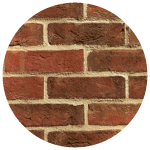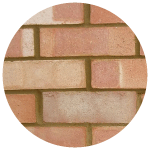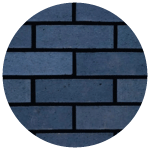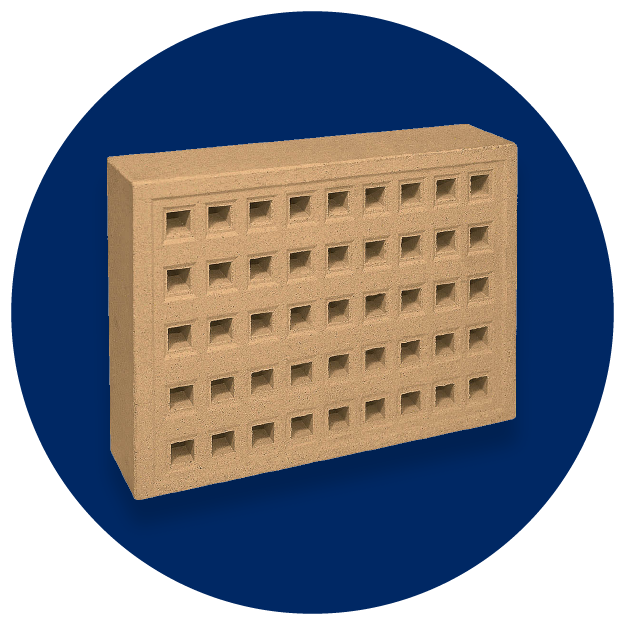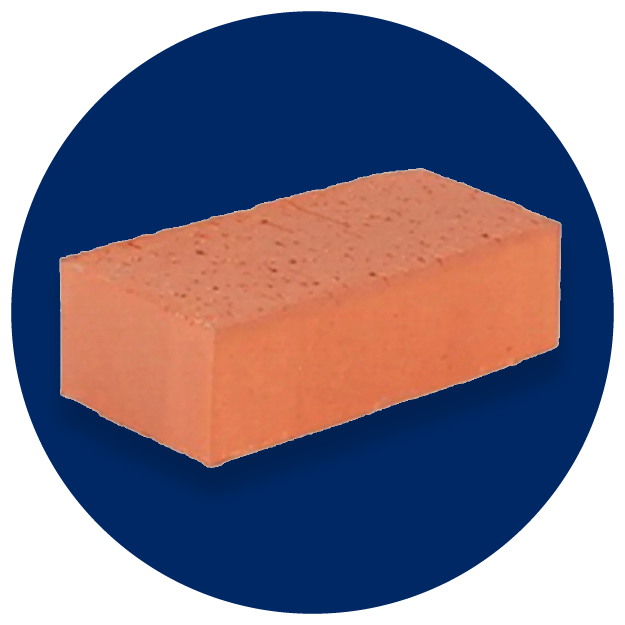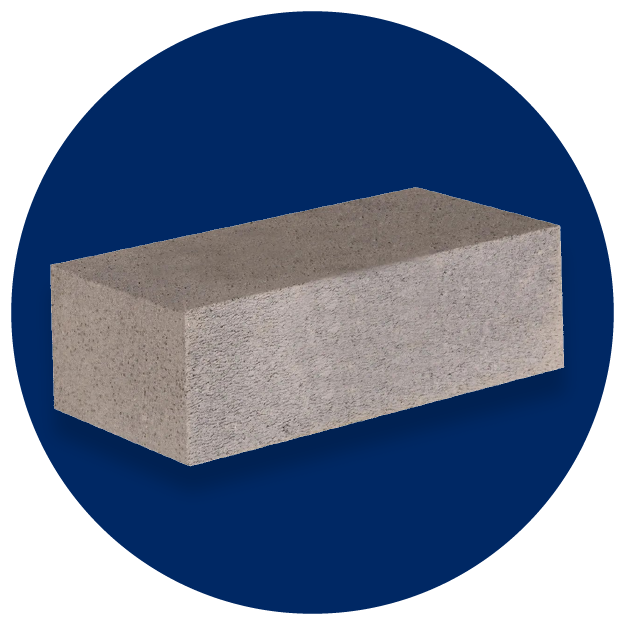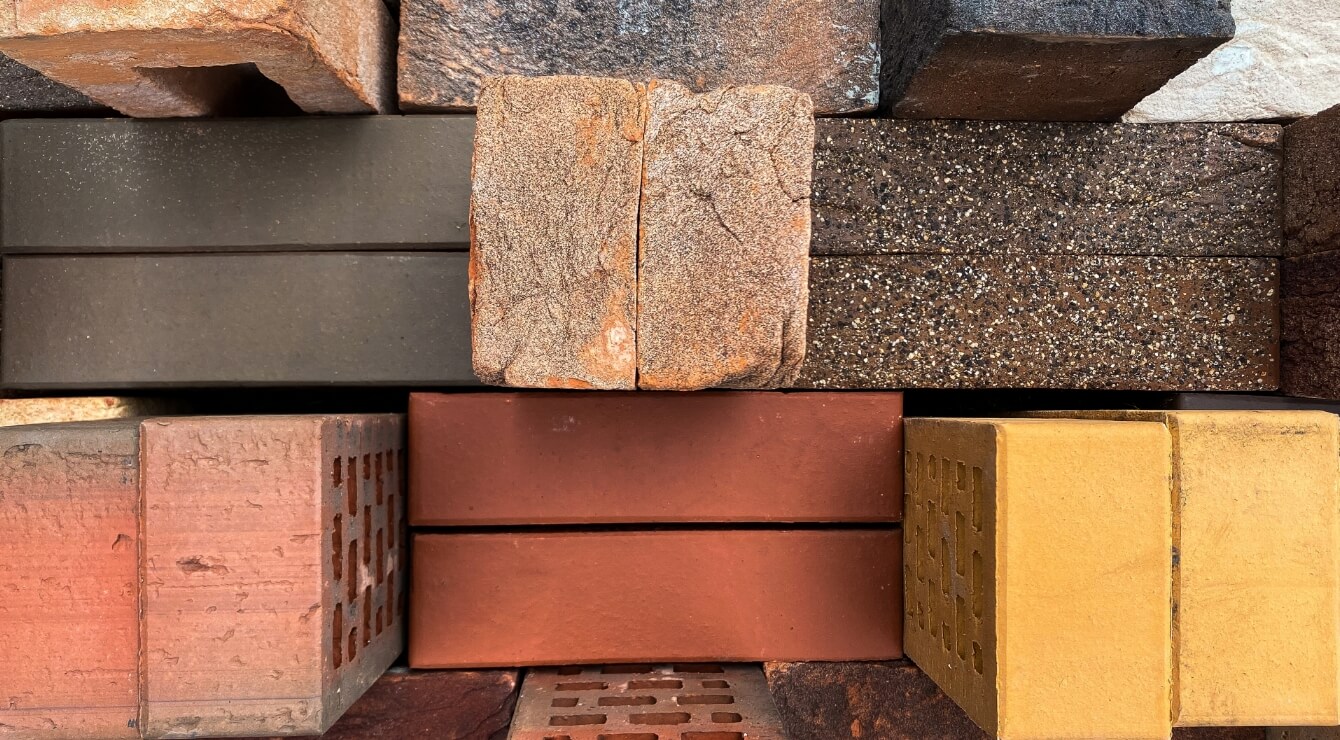
Our guide to brick types
Did you know that almost 1.9 billion bricks were produced in the UK between 2010 and 2020? That’s huge! It’s easy to see why bricks continue to be one of the most popular building materials used by various trades. Bricks are easy to work with, their small size allows for structures as simple or complex as you’d like. Most bricks are manufactured from clay, but you can also find concrete blocks, as well as those made with calcium silicate (a mixture made from water, sand, lime, and pigment for colour). However, types of brick vary depending on their use case so make sure you determine which is best for you.
You can use bricks in a wide range of projects, such as building walls, chimneys, fences, and much more. Brickwork is often attractive to look at – we still marvel today at brick structures constructed hundreds of years ago. Masonry and brick projects take some skill to master, and the first step is choosing the right type of brick. Once you’ve nailed it, you’re well on your way to creating beautiful brick structures, and perhaps future generations will appreciate your brickwork too.
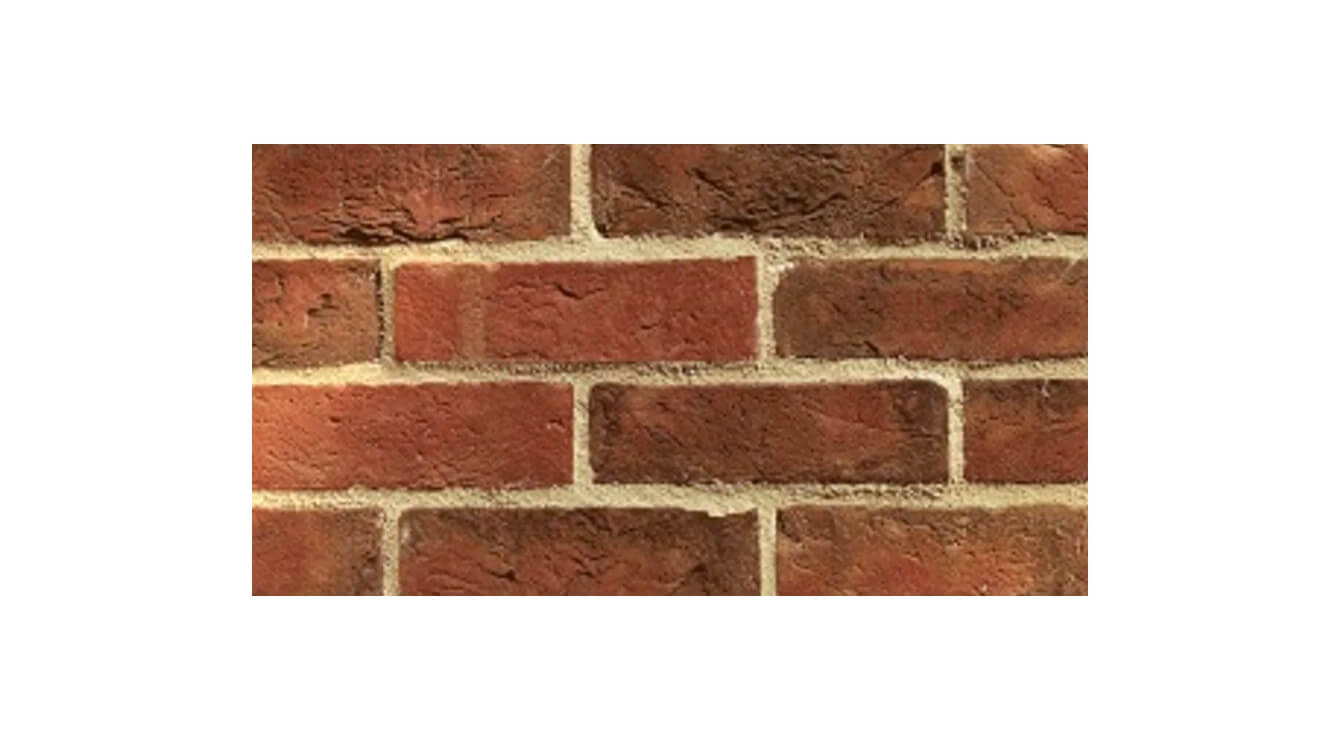
Facing bricks
As the name suggests, facing bricks are seen on the outside of houses, on feature walls and other brickwork where aesthetic is important. They're made with clay and manufactured to be weather resistant – something important in the UK’s classic wet & windy climate. There are two types of facing bricks: Wirecut (or extruded) bricks are made in a long rectangular column, and cut into multiple bricks of the same size. This allows for mass production with a clean, consistent appearance. Soft mud bricks are made in individual moulds and fired in a kiln. This produce soft edge bricks with reclaimed brick texture, great for matching old brickwork.
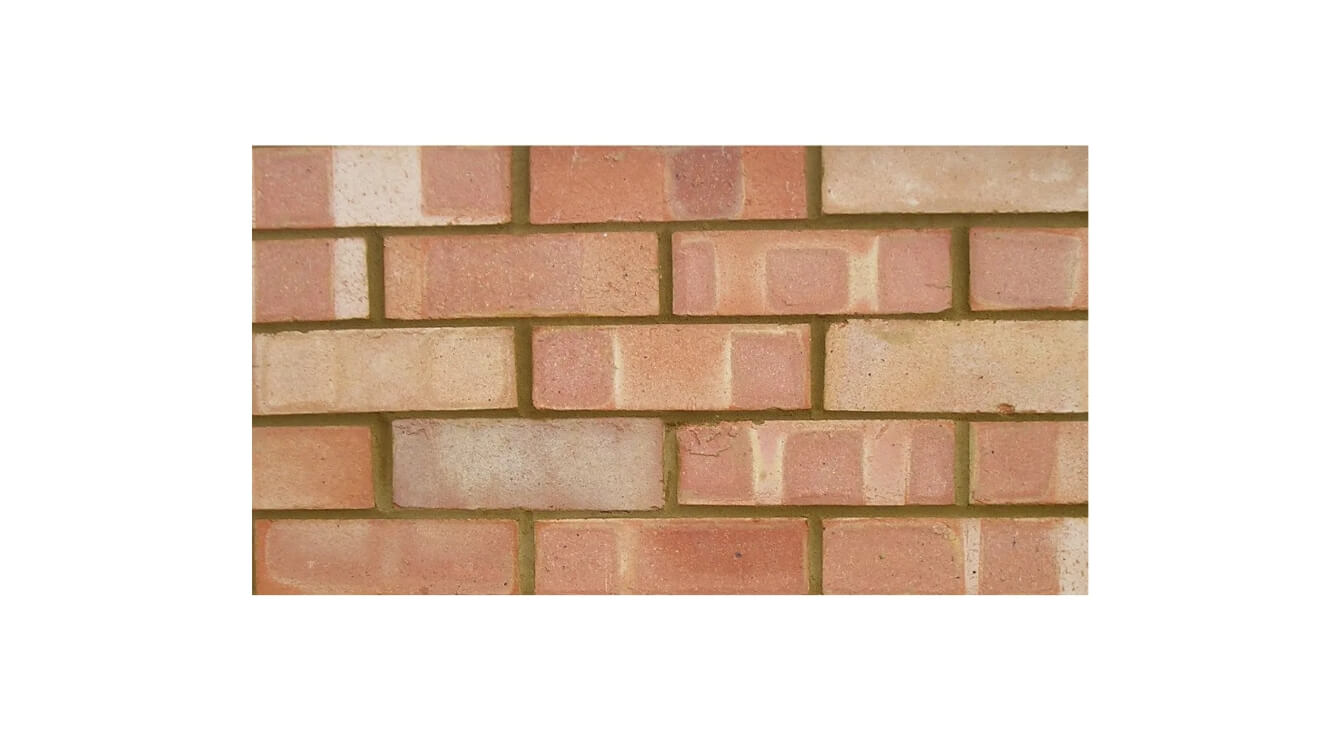
Common bricks
Common bricks are the most basic of the bunch, and are the most cost-effective option for projects where appearance isn't as important. They are good for building shared walls or a second internal wall layer. They're usually covered with render or other materials, as they're not made for aesthetic and can be inconsistent in colour. Most common bricks are manufactured with a simple clay mix. This means their colour and texture isn't the most attractive. Common bricks are usually paired with facing bricks, which are much more pleasing on the eye. The colour can vary across regions but generally are red toned.
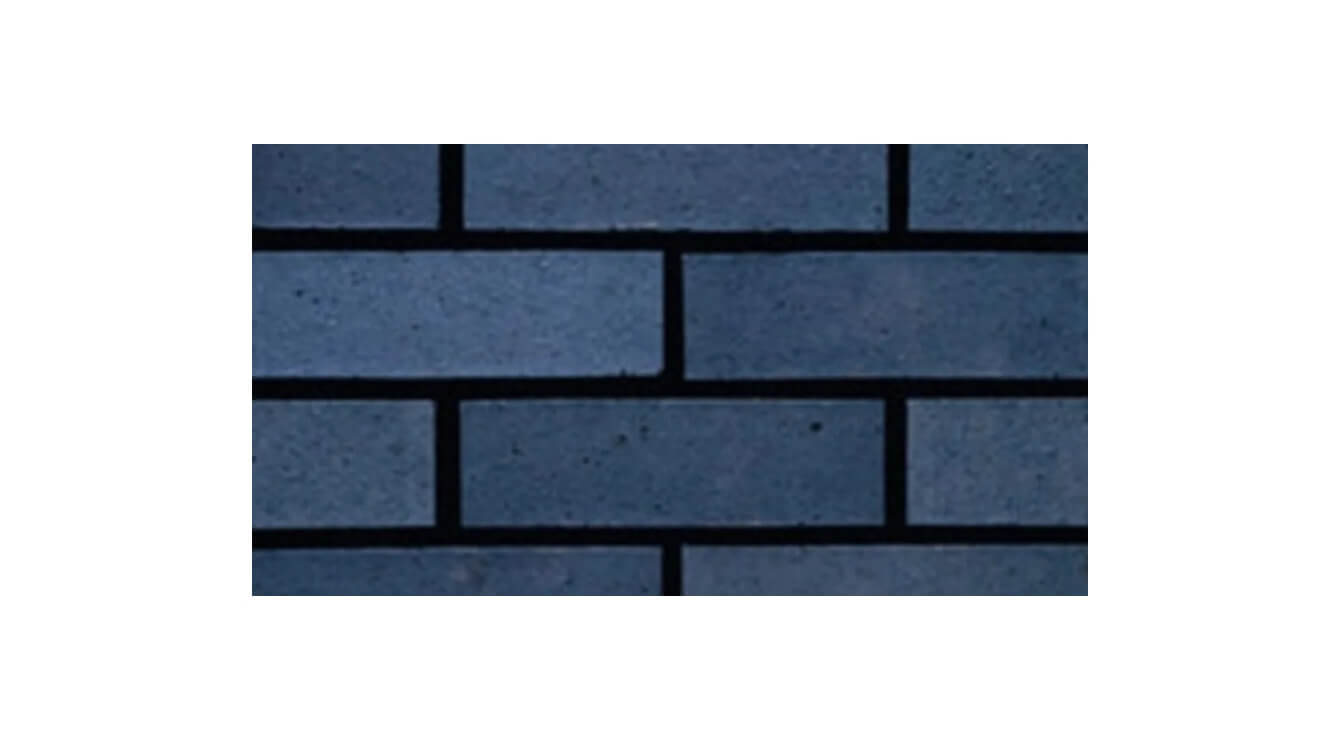
Engineering bricks
Engineering bricks are usually used in civil projects such as groundworks, tunnels, foundations, and underground work due to high levels of compressive strength. They are damp proof and resistant to the cold as well as many chemicals, making them perfect for structural work where there may be a risk of water damage. There are two types of engineering bricks, Class A and Class B. Both classes offer impressive loadbearing ability with high levels of density.
- Class A – high compressive strength of around 125/Nmm2, and low water absorption around. Class A engineering bricks are usually blue coloured.
- Class B – compressive strength of around 75/Nmm2, and a water absorption rate of around 7%. Red engineering bricks are usually Class B variations
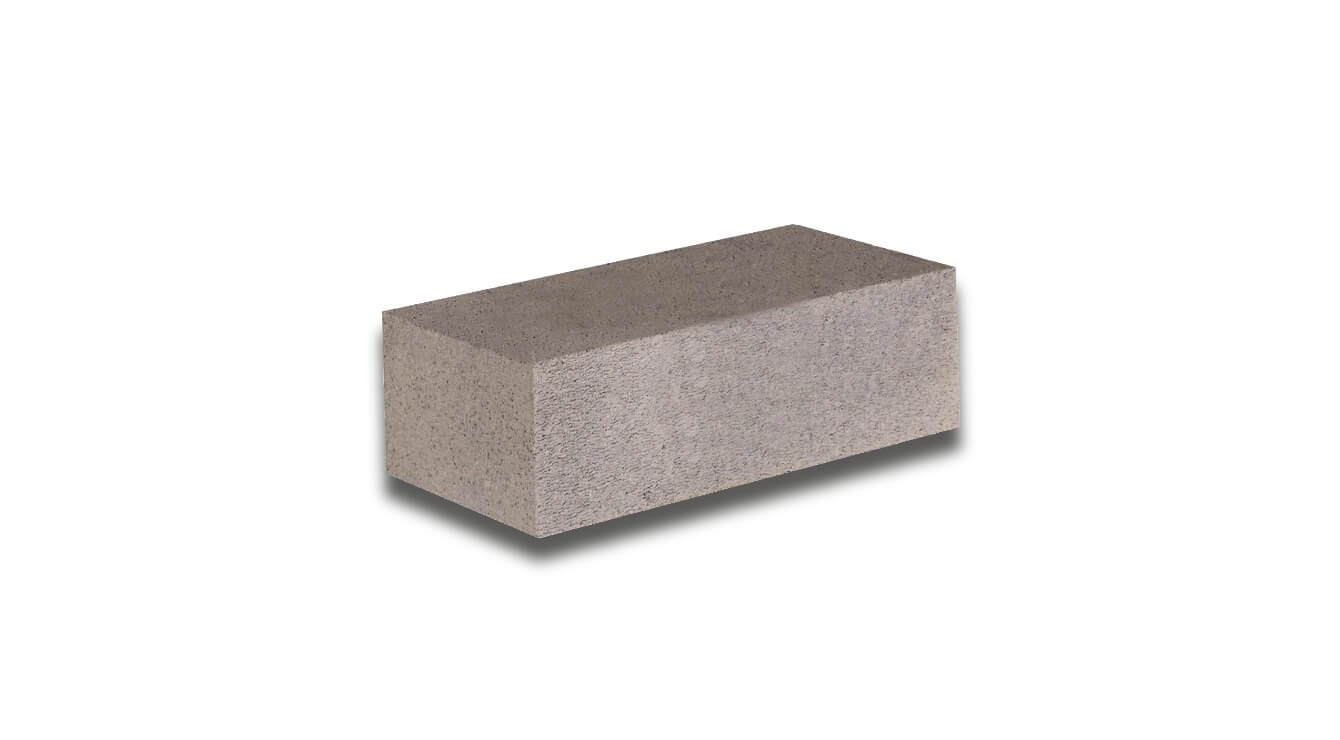
Concrete blocks
Okay, concrete blocks aren’t technically bricks but they are still important. Concrete blocks provide water & heat resistance, and thermal conductivity to contribute to temperature control in buildings. They have high density and varying compressive strength qualities, making them a popular choice for general construction work, such as foundations, walls, and wall support. Hollow concrete blocks are often suitable for above and below damp proof course (DPC) levels. Selecting the correct concrete block for your project’s strength needs is a legal requirement. In England, Building Regulations – Approved Document A details requires levels of compressive strength. Once you’ve got this information, look out for these details in concrete block product specifications for a suitable choice.
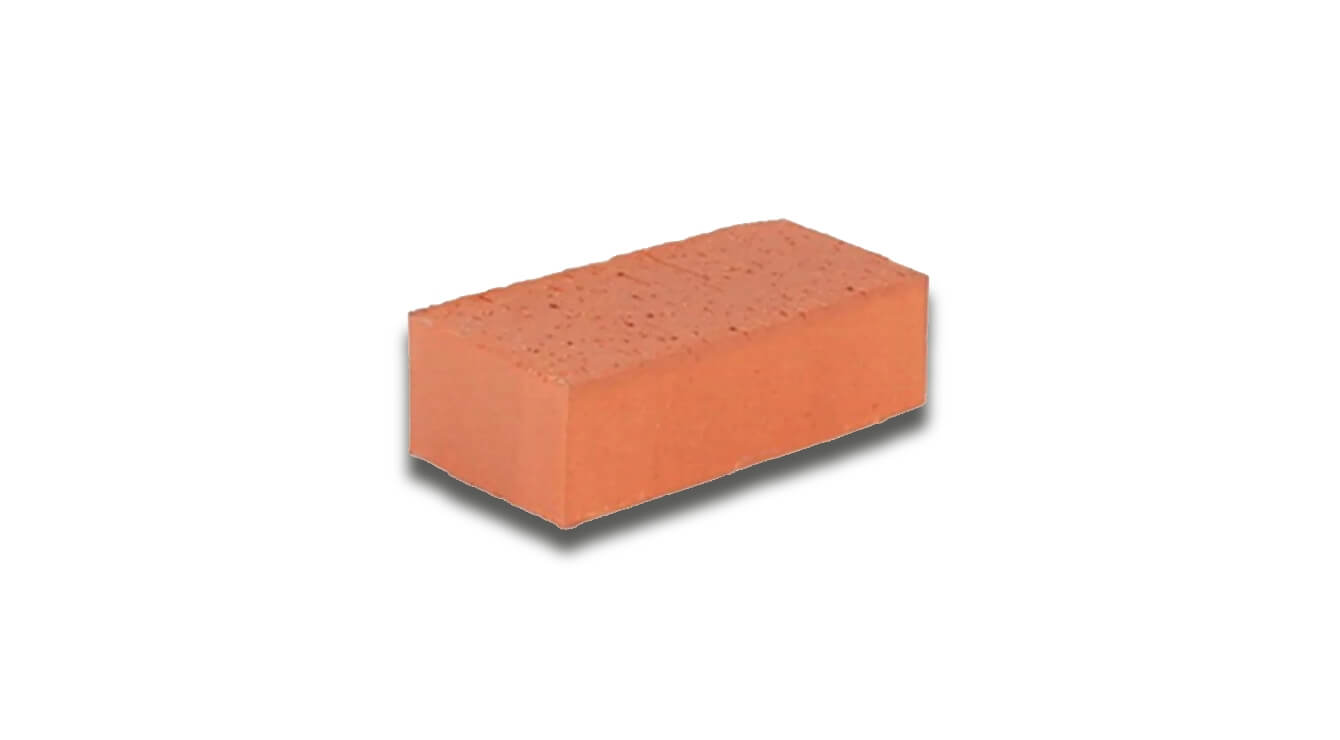
Fire bricks
Fire bricks (or refractory bricks) are made from clay and are fired in a kiln at much hotter temperatures than facing and common bricks. This produces a chemical reaction that makes the bricks extremely durable, and resistant to temperatures and water. Most importantly, it produces fire-resistant bricks which are suitable to build furnaces, chimneys, pizza ovens, brick BBQs, and more. Fire bricks are typically black, white, or light grey in colour, but stains can be added during production for improved appearance.
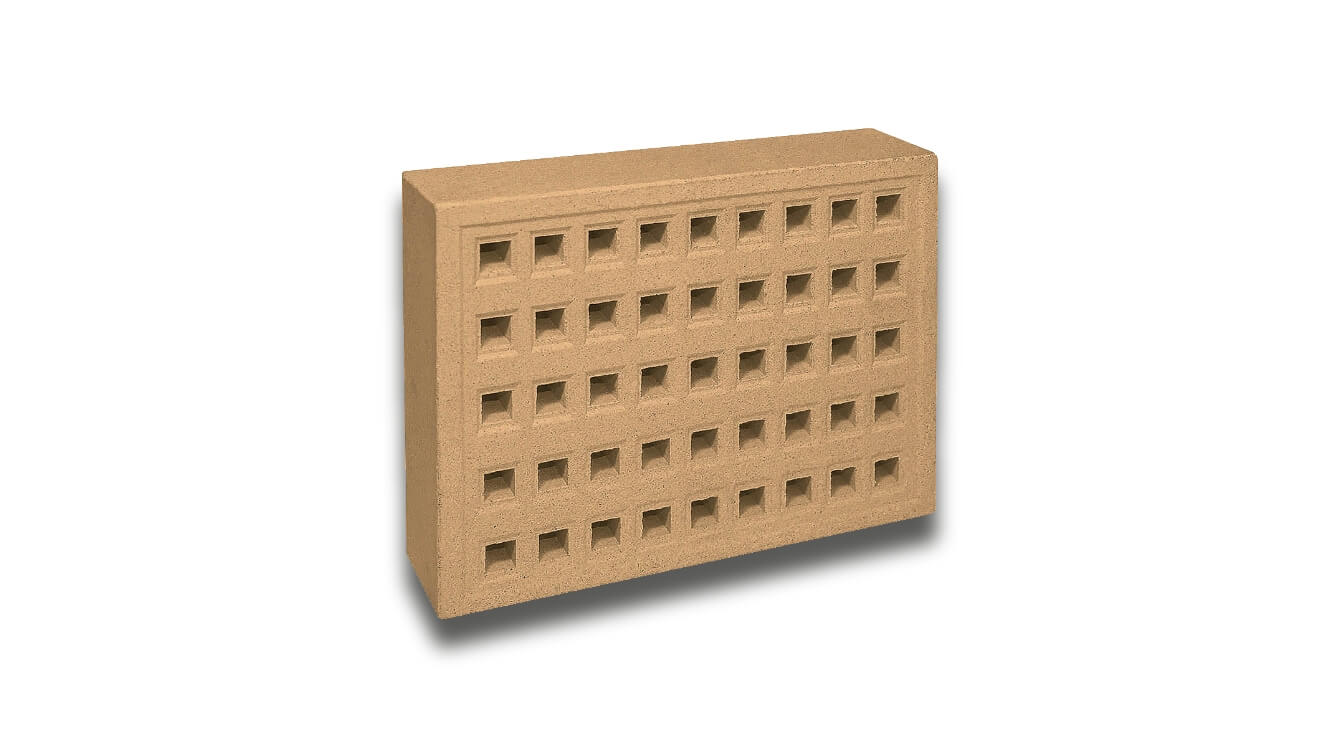
Air bricks
Ventilation bricks (or air bricks), do exactly what the name suggests. The waffle hole pattern is designed to encourage ventilation in various builds, including stoves and heaters. They're usually made from clay and come in classic brick colours, allowing a seamless blend. Using air bricks in cavity walls and suspended floors circulates air, reducing moisture and damp.
Due to the size of holes, flies, insects, and small mice can sometimes make their way inside – but this can be prevented by covering air bricks’ openings with mesh.
How can bricks be categorised?
There are a few other ways to consider bricks, mainly by colour, size, and shape. Ensuring consistency in your project is key to clean, professional-looking brickwork that you’ll be proud to have worked on.
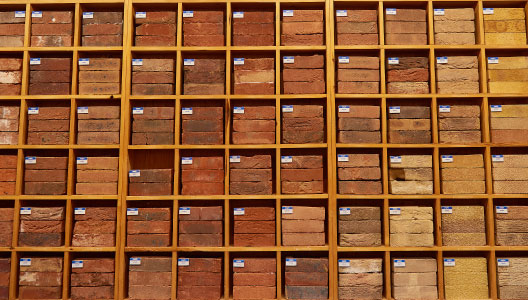
Bricks by colour
If brick colour is your top priority, you’re probably looking for facing bricks. There is a vast range of different coloured bricks available to suit every aesthetic. Whether you’re building a feature wall, or constructing housing in a developed area where you need to maintain the theme, colour is key. Shades vary depending on the materials used but you can find bricks in light and dark colours, as well as multi coloured bricks.
Lighter brick colours include sand, stone, buff, yellow, brindle and red. Darker brick colours include anthracite grey, brown, deep reds, and near black. There are also various textures available, so you can choose surfaces and smooth or as rustic as you’d like.
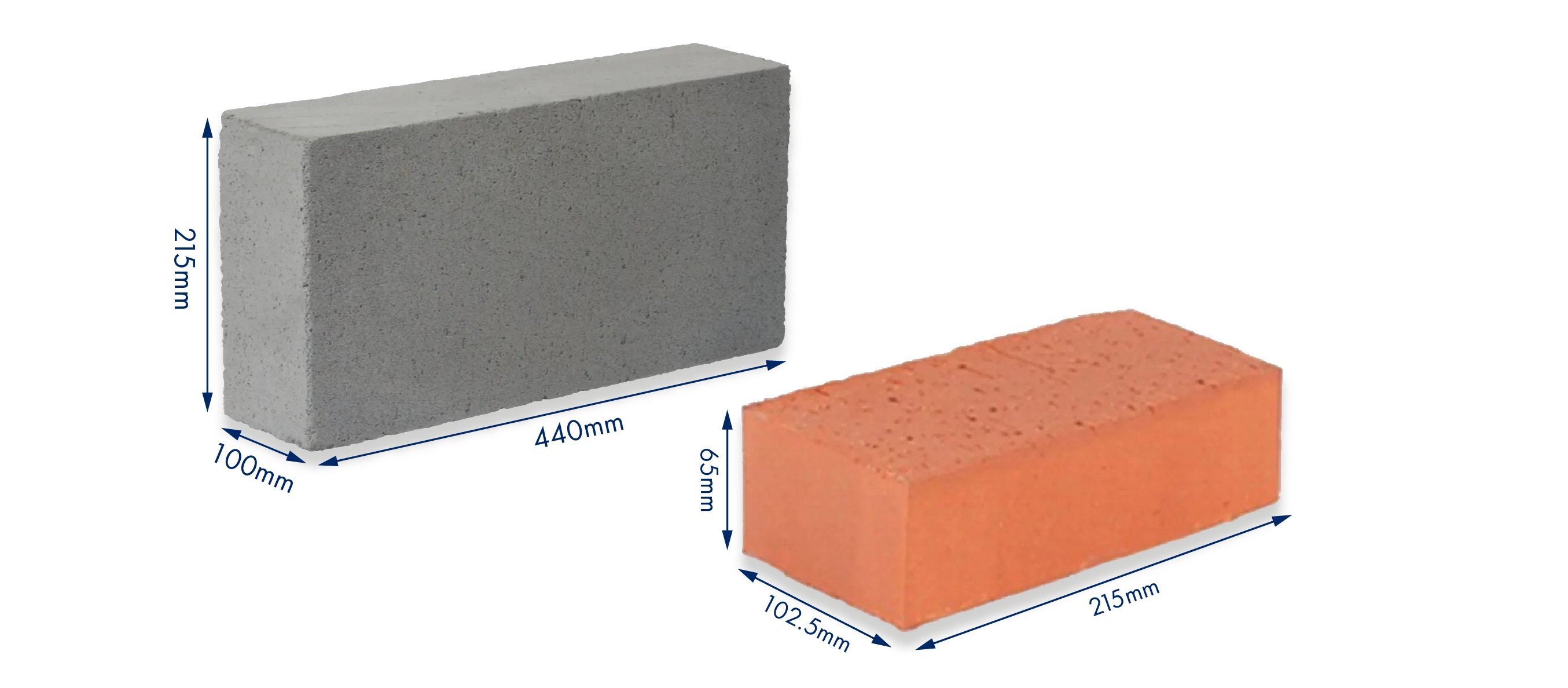
Bricks by size
UK brick sizes: British standard bricks in the UK are 215mm in length, 65mm in height, and 102.5mm in width. When working out how many bricks you’ll need to create brickwork, remember to allow 10mm between bricks for mortar.
UK block sizes: Concrete blocks tend to be much larger, in order to accommodate load bearing with more surface area. Blocks usually consist of 440mm in length, 215mm in height, with a variable width depending on your needs. Most manufacturers stick to standard sizes, but many offer unusual sizes for various project types.
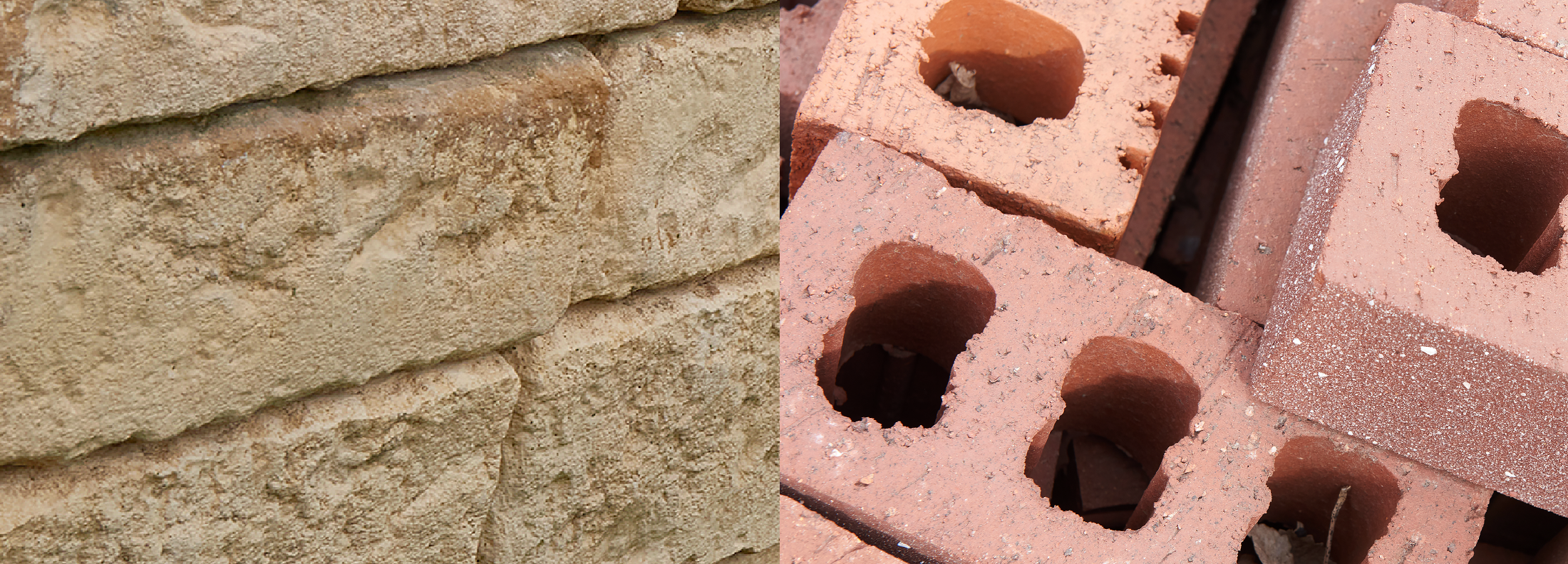
Bricks by shape
Some projects require bricks in atypical shapes and sizes, such as block paving. With paving bricks, you’ll likely want flatter bricks in rectangle or square shapes which are widely available. Some projects require bespoke shapes, such as if you’re making your own brick slips. Bricks can be cut with an angle grinder, circular masonry saw, or with a hammer and chisel.
Identifying bricks
As there is so much variety, it can be tricky figuring out what bricks you need. That’s where Jewson are happy to help. We’re proud to have talented and knowledgeable colleagues dedicated to helping our customers. Reach out to them for support on working with bricks. They’ll discuss your requirements and provide personalised advice and product recommendations to help get your job moving. We can even offer brick matching for house extensions, repairs, restorations, and much more.
Visit our brick experts page to learn more and find your perfect match.
You may also be interested in
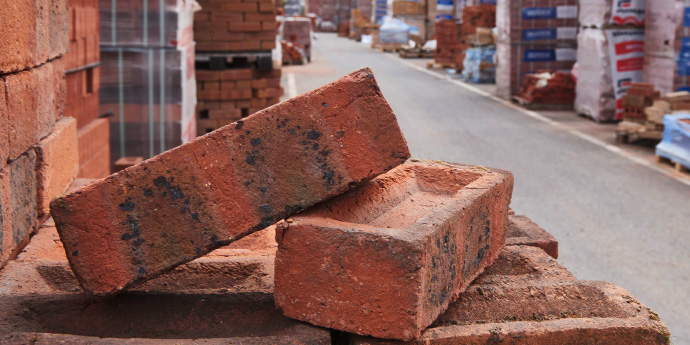
Shop bricks and blocks
Want to learn more?
Here are some references, reading, and resources on brick types:
- https://theconstructor.org/building/calcium-silicate-bricks-masonry-construction/17256/
- https://www.designingbuildings.co.uk/wiki/Types_of_brick
- https://www.wienerberger.co.uk/tips-and-advice/brickwork/how-can-i-identify-different-types-of-bricks.html#imageGallery-root-imagegallery-2
- https://www.statista.com/statistics/472894/annual-brick-production-great-britain/
- https://www.modernmasonry.co.uk/Precast/media/BPMediaLibrary/Publications/MMA_EasyGuide_Blocks.pdf
- https://assets.publishing.service.gov.uk/government/uploads/system/uploads/attachment_data/file/429060/BR_PDF_AD_A_2013.pdf
- https://www.firstinarchitecture.co.uk/standard-brick-sizes/
